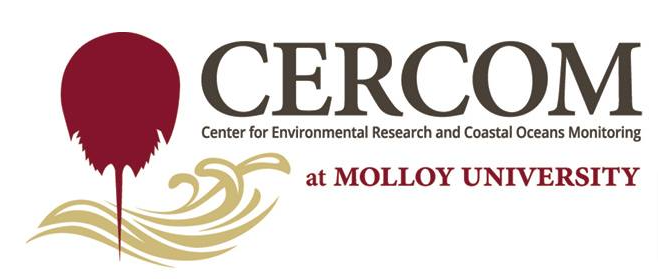Secondary production of the amphipod Ampelisca abdita mills and its importance in the diet of juvenile winter flounder (Pleuronectes americanus) in Jamaica Bay, New York
Document Type
Peer-Reviewed Article
Publication Date
6-1992
Journal Title or Book Title
Estuaries
Volume
15
Issue
2
DOI
10.2307/1352692
Abstract
The benthic amphipod Ampelisca abdita dominates mudbottom benthic communities in Jamaica Bay (New York). In this study, we investigated the trophic role of Ampelisca in relation to winter flounder (Pleuronectes americanus) populations—the most frequently trawled fish species in Jamaica Bay. Flounders collected by trawl during summer 1989 were primarily juveniles. Stomach analyses indicated that amphipod crustaceans contributed >99% of prey individuals, with A. abdita making up 88%. Density and size frequency analyses of Ampelisca at three sites indicated two overlapping cohorts: a spring cohort released in June and a summer cohort released in late summer. Most overwintering survivors come from the summer cohort. Secondary production of Ampelisca was estimated at three sites using the cohort summation of biomass method. Estimates of annual production ranged from 25 g DW to 47 g DW m−2(mortality + residual biomass); production due to growth ranged from 20 g DW to 26 g DW. Simulations of spring cohort production using a range of plausible growth and mortality schedules suggested that P∶B may be more sensitive to variability in survivorship than growth. Ampelisca secondary production in Jamaica Bay is compared with other amphipod species and with macrobenthic production in other coastal and estuarine systems. We conclude that observed amphipod production is probably more than sufficient to support local winter flounder populations in Jamaica Bay, and we speculate that high nutrient loadings may indirectly stimulate amphipod production.
Related Pillar(s)
Study
Recommended Citation
Franz, David R. and Tanacredi, John T. Ph.D., "Secondary production of the amphipod Ampelisca abdita mills and its importance in the diet of juvenile winter flounder (Pleuronectes americanus) in Jamaica Bay, New York" (1992). Faculty Works: CERCOM (1977-2016). 5.
https://digitalcommons.molloy.edu/cercom_fac/5




